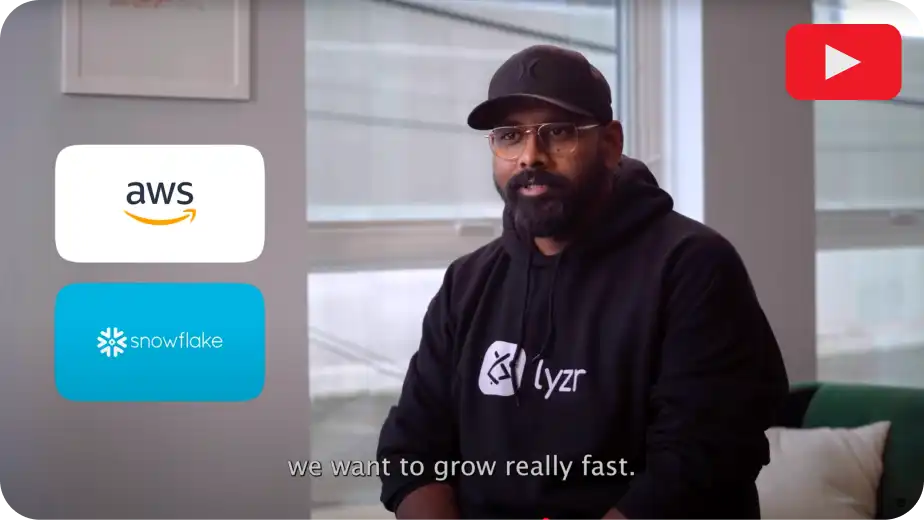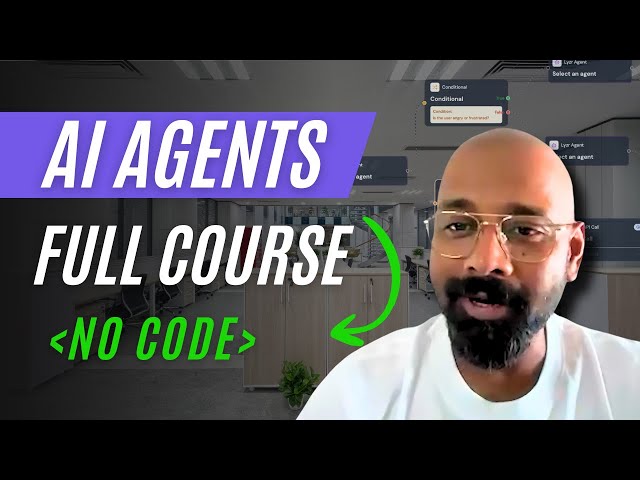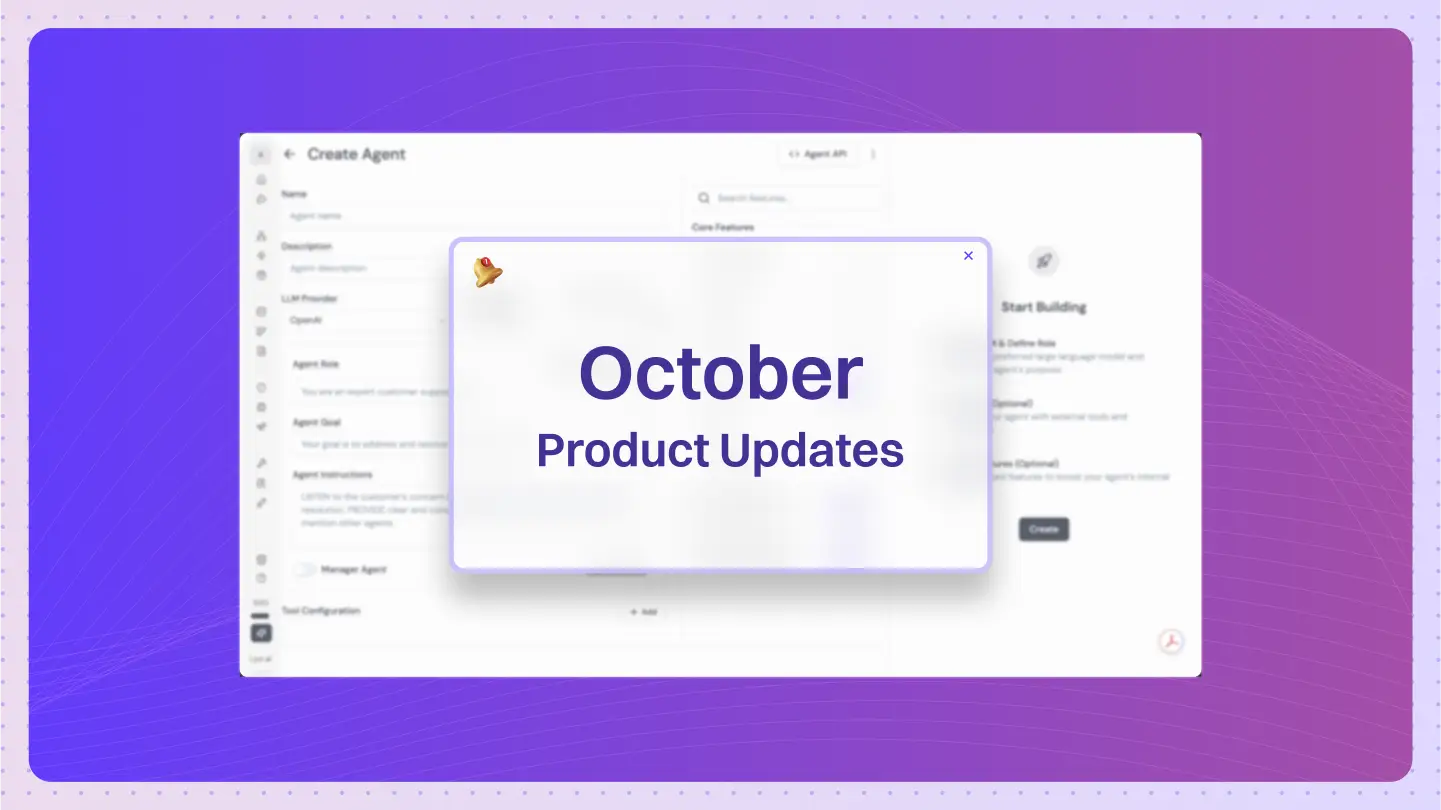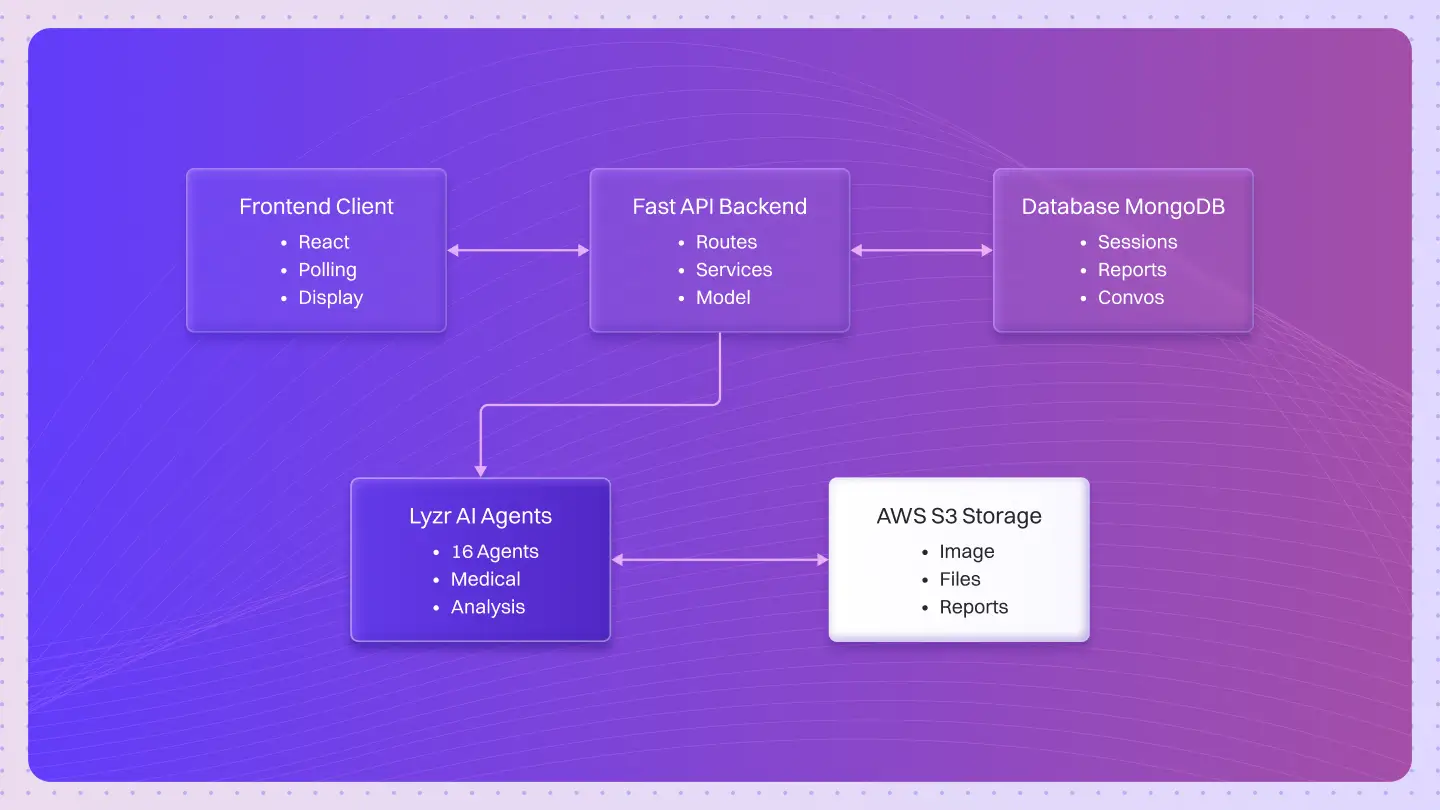Table of Contents
ToggleCongratulations! The very fact that you’ve landed here shows that you’re in the right direction.
You’re not the only one searching for this, thousands have come earlier.
And you know the reason for that.
If you don’t, we’ll make it clear for you in this article.
To keep it exciting for you, we’ll keep it simple as if we’re writing for a layman, and insert wherever something technical needs to be discussed.
Why? Because let’s decide it today – once and for all – and you should be able to come to a conclusion.
Alright, let’s go!
What is CrewAI?
Crew AI is an open-source agent orchestration framework designed to manage multiple AI agents working together toward a shared objective.
Each agent is assigned a specific role and goal, enabling coordinated decision-making across tasks. The platform focuses on collaborative reasoning, using a “crew” structure where agents can plan, execute, and communicate via predefined protocols.

But what makes CrewAI so popular?
So, based on our conversations with enterprise developers, this is why they preferred Crew AI, let’s get into the details
- Low setup overhead: It’s easy to get started with a basic agent workflow using just a few lines of Python or YAML.
- Open-source and accessible: The open-source nature allows for fast experimentation, forks, and customization.
- Great for demos and experimentation: Ideal for building and showcasing proof-of-concept agents with simple task flows.
- Minimal dependencies: Doesn’t require complex infrastructure—runs locally or in lightweight containers without orchestration systems.
- Rapid prototyping: Lets users quickly chain together agents, tools, and memory modules to test ideas.
Why Crew AI Works for Prototypes, but Breaks in Production
Yes Crew AI gives developers a quick way to test agent collaboration.
But when teams push those agents toward production, deeper issues emerge, especially around privacy, security, control, and stability.
| Category | Prototype Ready ✅ | Production Ready ❌ |
|---|---|---|
| Setup Speed | Fast to configure | No dev/prod separation |
| Security | Not enforced | No isolation or audit |
| Observability | Minimal logs | No traceability |
| Privacy Control | None | Always-on telemetry |
Key limitations faced in production:
- No enterprise-grade security: No role-based access, sandboxing, or isolation for sensitive workflows.
- Weak observability: No structured tracing or logs to debug agent behavior or tool-level errors.
- Missing deployment layer: No version control, staging environments, or rollback support.
- Privacy concerns:
- No opt-out for telemetry: usage patterns are sent to CrewAI servers without user control.
- Unencrypted telemetry (initially): exposed sensitive usage data in earlier versions.
- Risk during outages: telemetry code can break flows if CrewAI’s backend is down.
Where it works well:
- Quick demos
- Hackathons
- Internal R&D workflows
Where it fails:
- Enterprise compliance
- Scalable deployment
- Secure environments
What is the solution to all these shortcomings?
We need a solution that is secure, observable, and built for production deployment.
- Secure by design: Role-based access, sandboxed workflows, and isolation for sensitive data should be default, not an afterthought.
- Observable and debuggable: Built-in tracing, structured logs, and visibility into agent-tool interactions help resolve issues faster and build trust in production environments.
- Production-ready deployment stack: Version control, staging environments, and rollback support are critical for safe iteration and scale.
Built exactly for this: LyzrAI
Before we get into the nitty gritty of how Lyzr helps; what is Lyzr?
Lyzr is an enterprise-grade agent framework designed to take AI agents from prototype to production with full governance, observability, and modular architecture. It supports both developers and business users through low-code agent building, multi-model orchestration, and dynamic agent UIs.
Built around the vision of Organizational General Intelligence (OGI), Lyzr enables scalable, secure, and context-aware agents that operate across the enterprise.
Lyzr was built for production-first agent systems, where security, reliability, and control aren’t optional.
Unlike Crew AI, which centers on orchestration, Lyzr treats orchestration as just one layer in a much broader enterprise framework.
Below are four key areas where Lyzr fills the production gaps Crew AI leaves open:
| Feature | Lyzr | Crew AI |
|---|---|---|
| Safe agent execution (sandboxing) | ✅ | ❌ |
| Role-based access and permissions | ✅ | ❌ |
| Built-in traceability and logging | ✅ | ❌ |
| Agent versioning and rollback | ✅ | ❌ |
| Model guardrails | ✅ | ❌ |
| Dynamic agent UI | ✅ | ❌ |
| Production-grade observability dashboard | ✅ | ❌ |
1. Addressing Security Risks and Data Sensitivity in Enterprise AI
As enterprises deploy AI across sensitive functions, the risk of data leaks, misinformation, and unintended behavior grows. Organizations need systems that ensure factual, safe, and compliant AI usage.
Safe AI and Responsible AI Focus
Lyzr ensures enhanced reliability by embedding modules like reflection and groundedness, delivering factual and context-aware outputs aligned with business goals.
Its built-in safety features, including toxicity control and PII redaction, help minimize risk and protect organizational integrity. With a hybrid workflow orchestration model, Lyzr scales effortlessly across diverse and complex enterprise workflows.

2. Gaps in Visibility and Debugging Across AI Agent Pipelines
Enterprises often lack transparency into how AI agents operate, making it hard to troubleshoot failures or track outcomes. A detailed observability layer is crucial to ensure operational control.
Focus on Advanced Traceability and Observability
Every agent action is traceable with full metadata: model used, tool called, latency, and outputs. Helps teams debug faster, investigate anomalies, and maintain reliability across agent workflows.
3. Limited Flexibility and Control for Developers Building with AI
AI orchestration tools often restrict developers with rigid workflows and lack programmatic control. Teams need flexibility to customize agent behavior and integrations at scale.
Focus on Advanced Developer Mode
Lyzr offers an extensible developer environment that goes far beyond orchestration. Through a robust set of APIs, developers can programmatically:
- Create and manage agents
- Trigger workflows dynamically
- Connect external tools and data sources via API
- Inject inputs, retrieve outputs, and track status with precision
- Use memory, context, and embeddings to influence agent behavior
4. Disconnected User Experiences in Agent-Powered Applications
Users often face fragmented or inconsistent interfaces when interacting with AI agents across functions. Enterprises need a unified way to deliver seamless experiences.
Focus on Dynamic Agent UI
Lyzr agents plug into a unified Agent UI that supports chat, form-based inputs, and queue-based tasks, making it easy for end-users to interact with agents across business functions. Whether it’s sales automation, customer service, HR, or custom workflows, each agent draws from multiple enterprise systems like Salesforce, SAP, ServiceNow, and Snowflake, while presenting a consistent, centralized interface to users.
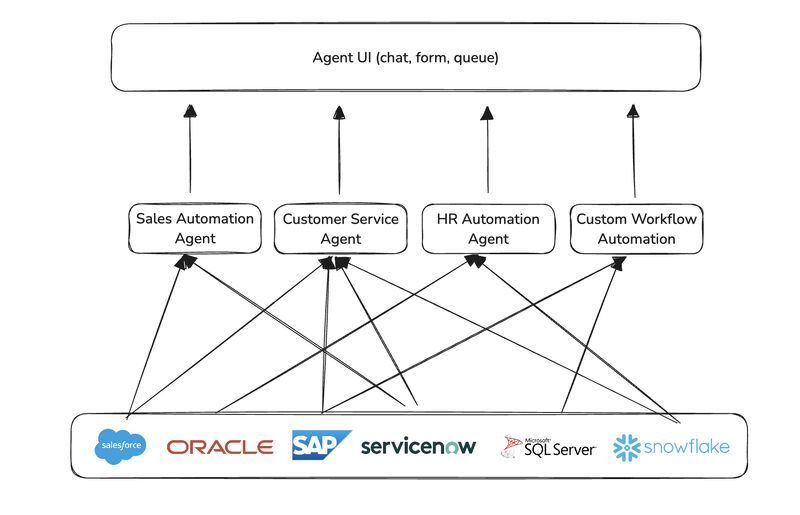
And why is Lyzr more developer friendly than CrewAI?
Lyzr Agent Studio is engineered to provide developers with a robust, flexible, and secure environment for building and deploying AI agents. Here’s how it stands out:
- Support for Multiple AI Models: Lyzr integrates with over 200 AI models, including OpenAI’s GPT-3.5, GPT-4, Anthropic’s Claude, Google’s Gemini, Mistral, and Cohere. This extensive support allows developers to choose the most suitable model for their specific use case, offering flexibility and optimization options.

- Knowledge Base Integration: Lyzr provides pre-built Retrieval-Augmented Generation (RAG) pipelines, enabling agents to access and utilize structured knowledge bases effectively. This feature enhances the agents’ ability to retrieve and process relevant information, improving their performance in complex tasks.
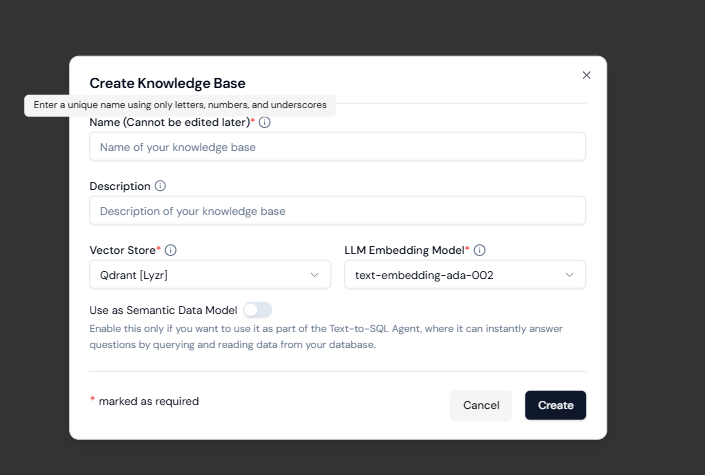
- Integration with Multiple Tools: The platform supports seamless integration with over 200 third-party applications, including Slack, Github, Clickup, and more. This capability allows developers to create agents that can interact with a wide range of tools and services, facilitating comprehensive workflow automation.
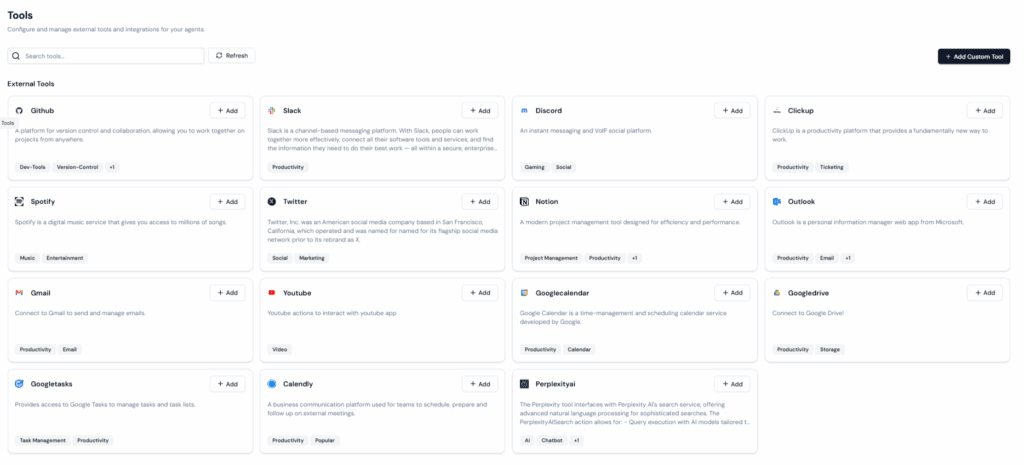
- Data Connectors: Lyzr enables developers to set up and manage connections to external data sources and services effortlessly. This feature ensures that agents can access and process data from various platforms, enhancing their utility and effectiveness in diverse scenarios.
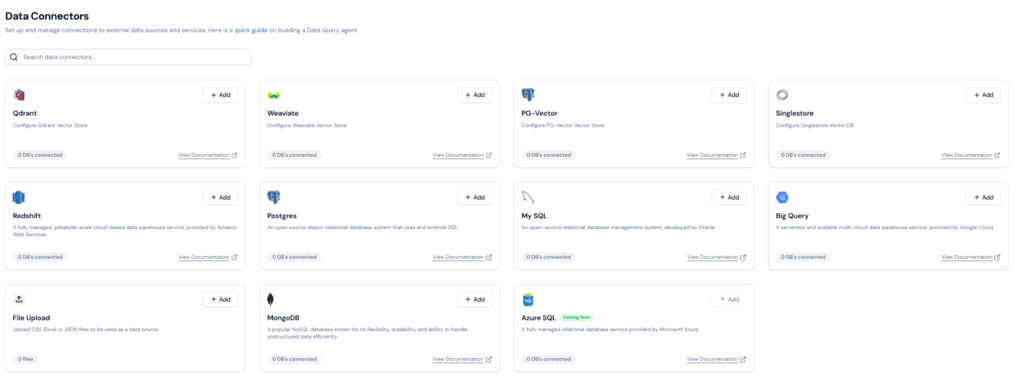
- Safe and Responsible AI: Lyzr embeds Responsible AI principles into its core architecture, ensuring enterprise-grade security, fairness, transparency, and compliance. Features include bias detection, action logging, consent management, and customizable throttling policies, which are crucial for building trustworthy AI agents.
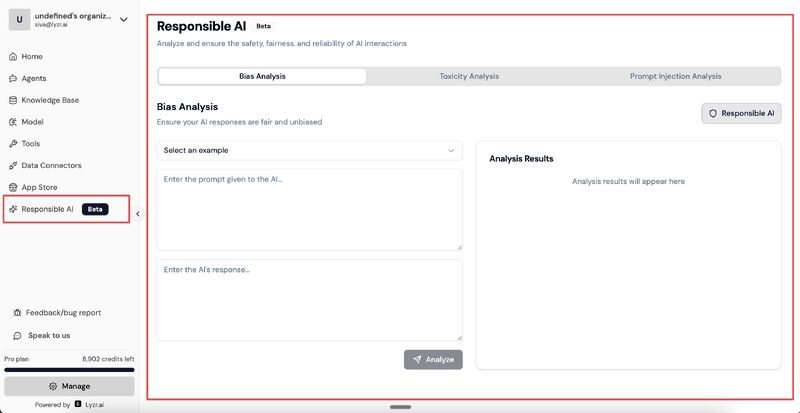
In contrast, Crew AI primarily focuses on agent orchestration without offering the same level of integrated development tools, security features, or deployment flexibility. This makes Lyzr a more robust and developer-friendly choice for building enterprise-grade AI solutions.
Why solving orchestration isn’t enough?
Most agent frameworks today stop at orchestration. They help agents talk to each other, manage tasks, and run workflows. But that’s just the beginning.
The real question isn’t “how do we connect agents?”
It’s “what are we working toward?”
The goal isn’t better task automation.
The goal is intelligence, intelligence that learns, adapts, and operates at the level of an entire system.
That’s why developers need more than just orchestration.
They need:
- Deep model flexibility, to choose the right reasoning engine.
- Context-sharing between agents, to enable collaboration.
- Memory and learning, to evolve performance over time.
- Integration with real-world tools and data, to stay relevant.
- Guardrails, to make sure things work safely and responsibly.
This is how we move from agent frameworks to intelligent systems.
And in the larger scheme of things, this is how we inch closer to AGI: Artificial General Intelligence.
Not just agents that do tasks, but systems that understand, adapt, and make decisions across domains.
Lyzr’s take on AGI: OGI
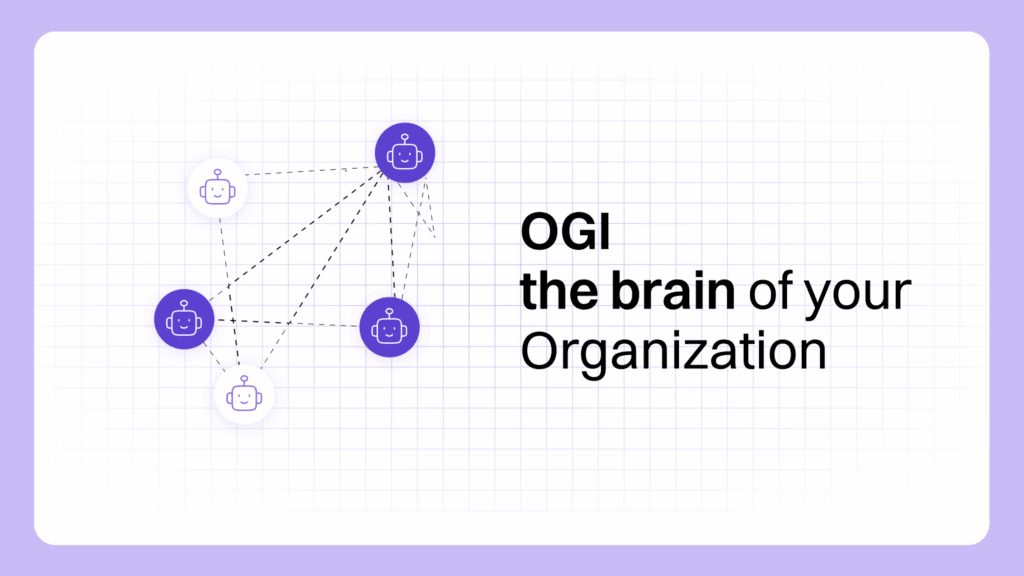
If AGI is the vision for intelligence that spans domains, adapts, and learns, OGI is how that vision comes alive inside the enterprise.
Organizational General Intelligence (OGI) is Lyzr’s approach to building AI agents that don’t just complete tasks, they think, learn, and work together across functions.
OGI connects agents through a shared intelligence layer, so your organization doesn’t just automate , it starts operating like a thinking system.
And it’s already happening.
At Lyzr, sales agents learn from marketing agents. Support agents build on product feedback. Context flows, insights compound, and decisions get sharper.
- Breaks down silos: Agents don’t work in isolation, they build on each other’s intelligence.
- Improves decision-making: Agents make choices based on what’s happening across the business.
- Responds in real-time: With shared context, agents adapt fast, to leads, users, and the market.
- Unlocks compounding value: As more agents connect, the system gets smarter on its own.
So… Which One Should You Choose?
If you’re focused on basic task automation or short-term goals, CrewAI might meet your needs.
But to truly understand the value Lyzr brings, you’ll need to experience it firsthand.
We’re not here to compete on the surface. We’re here to help you build for the future, toward intelligence, adaptability, and enterprise-wide impact.
See you on the call. Our conversation’s just getting started.
Book A Demo: Click Here
Join our Slack: Click Here
Link to our GitHub: Click Here




